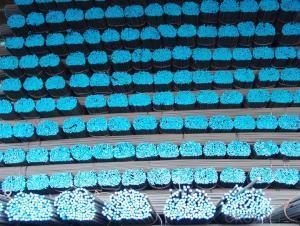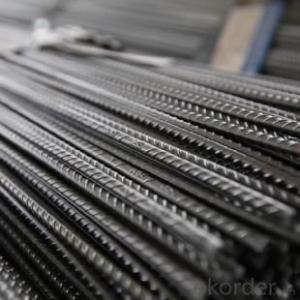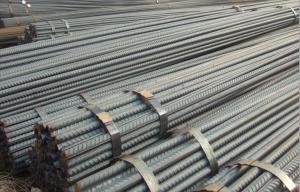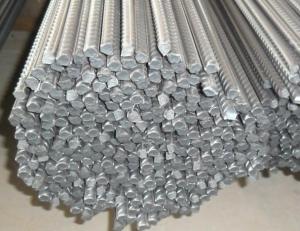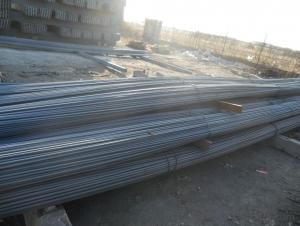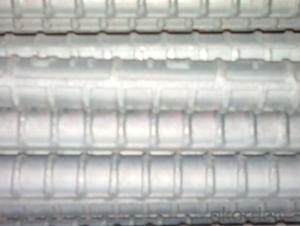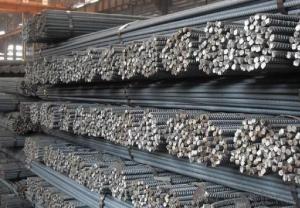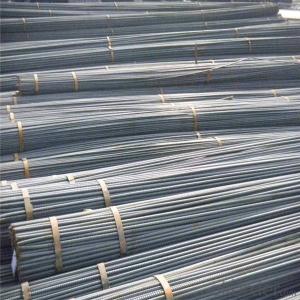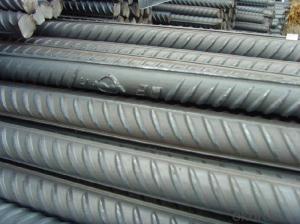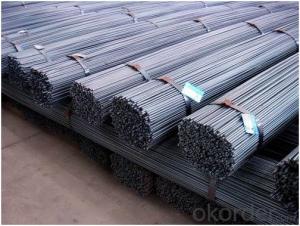All Categories
- - Steel Wire Rod
- - Steel Coils
- - Steel Profiles
- - Steel Pipes
- - Stainless Steel
- - Tinplate
- - Special Steel
- - Steel Sheets
- - Steel Rebars
- - Steel Strips
- - Hot Rolled Steel
- - Cold Rolled Steel
- - Pre-painted Steel
- - Seamless Steel Pipe
- - Welded Steel Pipe
- - Hollow Steel Tubes
- - Galvanized Pipe
- - Stainless Steel Coil
- - Stainless Steel Sheet
- - Stainless Steel Plate
- - Stainless Steel Strips
- - Electrolytic Tinplate Coil
- - Electrolytic Tinplate Sheet
- - Stainless Steel Rebars
- - Solar Panels
- - Solar Water Heater
- - Solar Related Products
- - Solar Inverter
- - Solar Cells
- - Solar Light
- - Solar Energy Systems
- - Solar Controllers
- - Solar Mounting System
- - Solar Pump
- - Solar Chargers
- - Fiberglass Chopped Strand
- - Fiberglass Mesh Cloth
- - Composite Pipes
- - FRP Pultrusion Profiles
- - Fiberglass Mat Tissue
- - Fiberglass Fabrics
- - Fiberglass Mesh
- - Composite Tank
- - Fiberglass Mesh tape
- - Polymer
- - FRP Roofing Panel
- - Fiberglass Roving
- - Monolithic Refractories
- - Ceramic Fiber Products
- - Refractory Bricks
- - Raw Materials For Refractory
- - Suspended Platform
- - Cranes
- - Concrete Machinery
- - Earthmoving Machinery
- - Building Hoist
- - Road Building Machinery
- - Plastic Pipe Fittings
- - Plastic Tubes
- - Plastic Sheets
- - Agricultural Plastic Products
- - Plastic Nets
 All Categories
All Categories
Q & A
How are steel rebars integrated into the construction of airports and aviation facilities?
Steel rebars are integrated into the construction of airports and aviation facilities by being strategically placed within concrete structures. These rebars act as reinforcement, providing added strength and durability to support the heavy loads and withstand the stresses and vibrations associated with airport operations. They are typically embedded within the concrete foundations, columns, beams, and slabs, ensuring the structures can withstand the constant traffic, extreme weather conditions, and potential seismic activity that airports and aviation facilities may encounter.
What is the effect of concrete shrinkage on steel-reinforced structures, and how is it mitigated?
The effect of concrete shrinkage on steel-reinforced structures is that it can cause cracking and deformation in the concrete, leading to potential structural integrity issues. When concrete shrinks, it creates tensile stresses that can exceed the capacity of the steel reinforcement to resist. This can result in cracks forming in the concrete, which can compromise the structural stability of the entire system.
To mitigate the effects of concrete shrinkage, several measures can be taken. One common approach is to use shrinkage-compensating concrete, which contains expansive agents that counteract the shrinkage by generating internal stresses that offset the tensile stresses. This helps to minimize the formation of cracks and maintain the integrity of the structure.
Another method is to incorporate steel reinforcement with higher yield strength, which can better resist the tensile stresses induced by concrete shrinkage. By using stronger steel, the potential for cracking and deformation is reduced.
Additionally, proper curing techniques, such as keeping the concrete moist and protecting it from rapid drying, can help prevent excessive shrinkage. Adequate curing allows the concrete to develop its strength and reduces the risk of shrinkage-related issues.
Overall, the effect of concrete shrinkage on steel-reinforced structures can be significant, but it can be mitigated through the use of shrinkage-compensating concrete, stronger steel reinforcement, and appropriate curing methods.
What are the implications of steel rebar theft on construction projects, and how can it be prevented?
The implications of steel rebar theft on construction projects can be significant. Firstly, it can lead to project delays and increased costs as the stolen rebar needs to be replaced. It also compromises the structural integrity of the building, posing safety risks for future occupants. Additionally, the theft of steel rebar can tarnish the reputation of construction companies and increase insurance premiums.
To prevent steel rebar theft, several measures can be taken. Firstly, implementing enhanced security measures such as fencing, security cameras, and adequate lighting can deter potential thieves. Secondly, conducting regular inventory checks and maintaining proper documentation of rebar quantities can help in detecting any discrepancies. Collaborating with local law enforcement agencies to increase patrols and surveillance in construction areas can also be effective. Lastly, marking rebar with unique identification codes or using GPS tracking devices can aid in recovery efforts and discourage theft.
Wholesale Steel Rebars from supplier in Tanzania
We are a Steel Rebars supplier serving the Tanzania, mainly engaged in the sale, quotation, and technical support services of various Steel Rebars products in the Tanzania region. We are a subsidiary platform of the Fortune Global 500 company CNBM, able to provide you with one-stop Steel Rebars procurement services in the Tanzania. Not only do we have a wide range of Steel Rebars products, but after years of market development in the Tanzania, we can also provide valuable experience for your projects.

